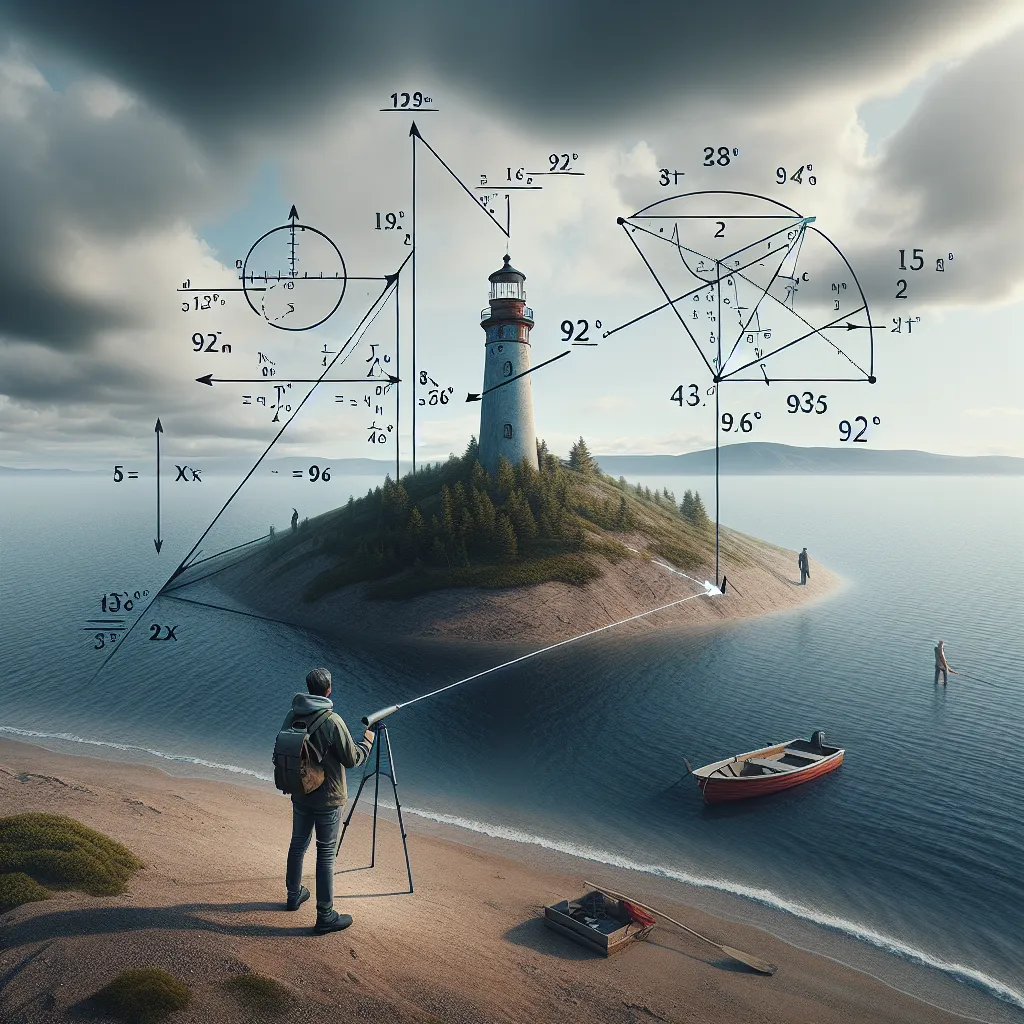Ask AI on The Internet
Question: Given that the speed of light is 3 x 10^8 m/s and the total distance covered by the light is the round trip between the two hilltops, i.e., 2.9 km x 2 = 5.8 km = 5800 m, The time for light to travel this distance can be calculated by the formula: Time = Distance / Speed Substituting the given values: Time = 5800 m / (3 x 10^8 m/s) = 0.00001933333 seconds Convert seconds to microseconds (µs) by multiplying by 1000000 (since there are 1,000,000 microseconds in one second): Time = 0.00001933333 sec x 1 000 000 µs/sec = 19.33 µs Therefore, Galileo would need to measure a time difference of approximately 19.33 µs for his method to be successful. Now what is the ratio of this time to humsn reaction, which is about 0.2 s.
The ratio of the time for light to travel the total distance to the average human reaction time can be calculated using the formula: Ratio = Time_Light / Time_Human Substituting the given values: Ratio = 19.33 µs / 0.2 s First, convert the human reaction time to microseconds for the units to match: 0.2 s × 1,000,000 µs/s = 200,000 µs Ratio = 19.33 µs / 200,000 µs = 0.00009665 Therefore, the ratio of the time it takes for light to travel the round trip between the two hilltops to the average human reaction time is approximately 0.00009665 - a dramatically small ratio, indicating the method's impracticability for humans due to our slow reaction times in comparison to the speed of light.
A new large language model has been made available since this question was asked.
To generate an updated answer from the new model, click the button below.
Think your answer is better than the AI's? Post it below.
Question Tags
If you want your question answered by an AI, click here.







Post your own comment: